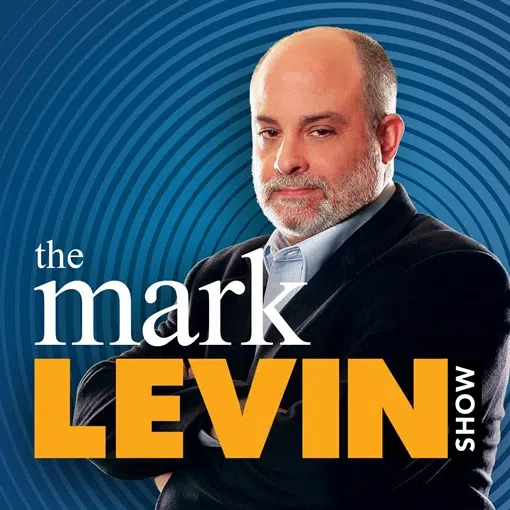By Allison Lampert
MONTREAL (Reuters) – Airlines are reopening airport lounges with higher-end service to lure back premium travelers after the pandemic, while increasingly opening the VIP experience to tourists – for a fee.
Premium travel plummeted during the COVID-19 crisis, depriving airlines of higher-margin fares. But with traffic rebounding in certain regions and U.S.-bound travel set to reopen on Nov 8, lounges are a crucial weapon in airlines’ post-crisis strategies for retaining their more profitable clients.
United Airlines opened its first Polaris lounge at Washington Dulles on Oct 21 and announced plans last Thursday to reopen existing lounges in New York, Chicago and Houston by end-year, with the rest set to follow in early 2022.
Air France has inaugurated a 3,000-square-metre temple to French design in one of its main terminals at Paris Charles de Gaulle. Dubai’s Emirates and Air Canada both plan upgrades to lounge dining and service.
“A lot of the narrative around 2022 is really going to be around that food program, how we serve our customers and elevating that aspect of the experience,” said Mats Winter, director of product for Canada’s largest carrier.
Air Canada wants a “competitive product” for its business clientele but also for leisure travelers who are making up a growing part of premium-fare purchases, he said.
“The mix has changed, but our commitment to making sure we have a great premium product hasn’t. We are obviously keeping a very close eye on the traffic we are seeing in our lounges,” Winter added.
NEW REVENUES
Designed as an oasis for premium travelers, lounges could attract more passengers looking to avoid crowds during COVID, said Michael Di Corpo, managing director of Montreal-based firm IEG, which sells software for managing airport lounges.
Passengers globally are contending with longer lines due to requirements like proof of vaccination, while many face longer layovers since ailing airlines now offer fewer direct flights.
“We’re seeing more of the ‘paying their way’ as a way of generating revenues, assuming they’re not at capacity,” Di Corpo said, referring to the purchase of daily lounge access.
Airlines contacted by Reuters don’t break out revenues from lounge services.
While some airlines have previously sold lounge access to passengers from the back of the plane, pressure to find new revenues in the wake of the industry’s worst crisis has grown.
Qatar Airways for one, recently launched a less expensive Business Lite fare, where lounge access costs extra.
American Airlines, which reopened the first of its Flagship Lounges in September to premium classes on long-haul flights, made paid access available for the first time.
The airline is especially targeting people traveling for occasions like weddings and reunions, a spokeswoman said.
But there are limits to the democratization of lounges, which can represent investments of millions of dollars.
The last thing executives say they can afford is to crowd out corporate clientele or well-off individuals who drive profits on routes like the Atlantic, with the U.S. lifting restrictions Nov 8 for vaccinated foreigners.
At American, the $150 cost of a day pass to Flagship doesn’t give economy passengers access to its most elite service, a private restaurant within the lounge. It does include food with a different menu and space.
United said Polaris lounges would remain premium class only.
Air Canada decided last November to open three of its Maple Leaf lounges to paying walk-in economy passengers and travelers from other airlines on a trial basis to use spare capacity during COVID-19. It has since ended the practice in Vancouver.
“We don’t want this to eventually drive capacity concerns, for example, for our premium customers,” Winter said.
(Reporting By Allison Lampert in Montreal; Additional reporting by Alexander Cornwell in Dubai; Editing by Tim Hepher and Edward Tobin)




